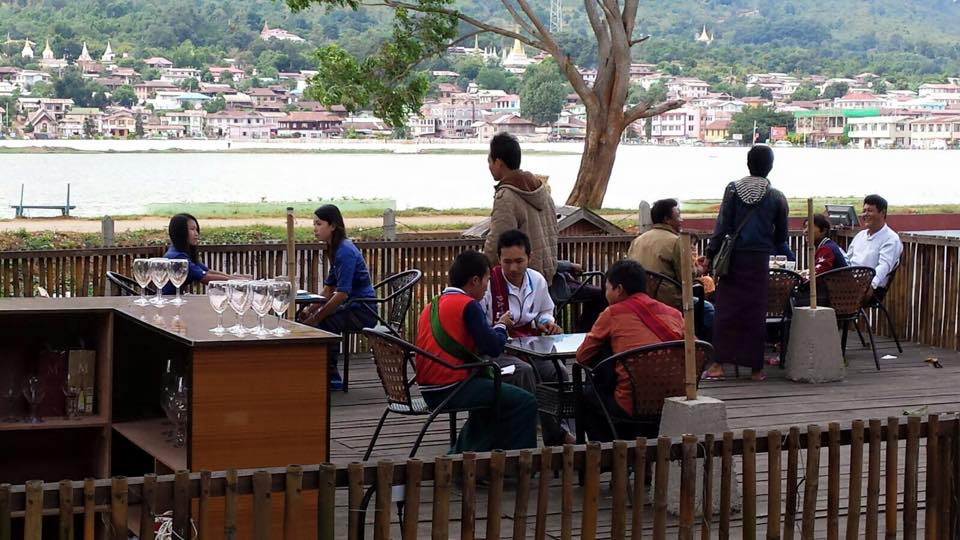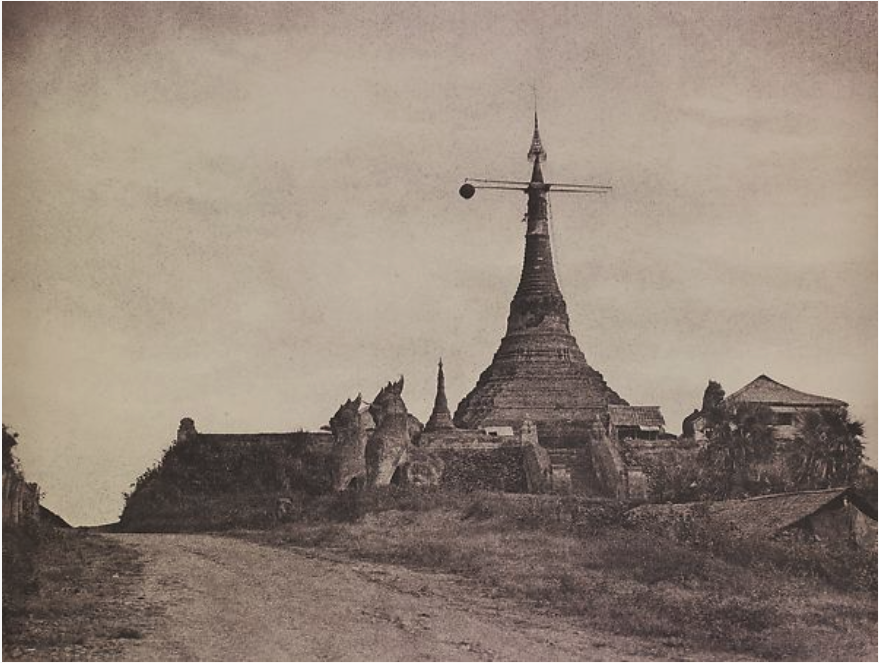|
Ywangan
Ywangan Township (, ) is a township A township is a form of human settlement or administrative subdivision. Its exact definition varies among countries. Although the term is occasionally associated with an urban area, this tends to be an exception to the rule. In Australia, Canad ... in northern Danu Self-Administered Zone, western Shan State. The principal town is Ywangan. Information concerning this region is not easily accessible, although quality coffee is grown in the region. References Townships of Shan State {{Shan-geo-stub ... [...More Info...] [...Related Items...] OR: [Wikipedia] [Google] [Baidu] |
Administrative Divisions Of Myanmar
Myanmar is divided into 21 administrative divisions, which include #Regions, States, and Union Territory, seven regions, #Regions, States, and Union Territory, seven states, Naypyidaw Union Territory, one union territory, Wa Self-Administered Division, one self-administered division, and self-administered zone, five self-administered zones. Table Following is the table of government subdivisions and its organizational structure based on different regions, states, the union territory, the self-administered division, and the self-administered zones: The regions were called divisions prior to August 2010, and four of them are named after their capital city, the exceptions being Sagaing Region, Ayeyarwady Region and Tanintharyi Region. The regions can be described as ethnically predominantly Bamar people, Burman (Bamar), while the states, the zones and Wa Division are dominated by ethnic minorities. Yangon Region has the largest population and is the most densely populated. ... [...More Info...] [...Related Items...] OR: [Wikipedia] [Google] [Baidu] |
Townships Of Myanmar
Townships (; ) are the third-level Administrative divisions of Myanmar, administrative divisions of Myanmar. They are the sub-divisions of the districts of Myanmar. According to the Myanmar Information Management Unit (MIMU), as of December 2015, there are 330 townships in Myanmar."Myanmar States/Divisions & Townships Overview Map" Myanmar Information Management Unit (MIMU) Townships are the basic administrative unit of local governance and are the only type of administrative division that cover all of Myanmar. A township is administered by a township administrator, a civil servant appointed through the General Administration Department, General Administration Department (GAD) of the Ministry of Home Affairs ... [...More Info...] [...Related Items...] OR: [Wikipedia] [Google] [Baidu] |
Danu Self-Administered Zone
The Danu Self-Administered Zone ( ), as stipulated by the 2008 Constitution of Myanmar, is a self-administered zone consisting of two townships in Shan State. The zone is self-administered by the Danu people. Its official name was announced by decree on 20 August 2010. Government and politics The Danu Self-Administered Zone is administered by a Leading Body, which consists of at least ten members and includes Shan State Hluttaw (Assembly) members elected from the Zone and members nominated by the Burmese Armed Forces. The Leading Body performs both executive and legislative functions and is led by a Chairperson, currently Arkar Lin. The Leading Body has competence in ten areas of policy, including urban and rural development, road construction and maintenance, and public health. Administrative divisions The zone is divided into two townships: * Pindaya Township * Ywangan Township Both townships are administratively part of the Taunggyi District Taunggyi District () is a Dist ... [...More Info...] [...Related Items...] OR: [Wikipedia] [Google] [Baidu] |
Pindaya
Pindaya ( ''Pìñṯáyá myoú'') is the capital of the Danu Self-Administered Zone in Shan State, east-central Myanmar. It is located in Pindaya Township. Mainly famous for its limestone caves called Pindaya Caves where thousands of Buddha Siddhartha Gautama, most commonly referred to as the Buddha (),* * * was a wandering ascetic and religious teacher who lived in South Asia during the 6th or 5th century BCE and founded Buddhism. According to Buddhist legends, he was ... images have been consecrated for worship over the centuries, it is also one of the towns that host an itinerant market every fifth day. Etymology According to local legend, the term ''Pindaya'' is a corruption of the word Pinguya, which translates to ''Taken the Spider'' in Burmese. The name arose from the legend that there was once a large spider which resided in the caves and it had captured a local princess. The princess was rescued when the giant spider was slain by a prince using a bow a ... [...More Info...] [...Related Items...] OR: [Wikipedia] [Google] [Baidu] |
Time In Myanmar
Myanmar Standard Time (, ), formerly Burma Standard Time (BST), is the standard time in Myanmar, 6.5 hours ahead of UTC. Myanmar Standard Time (MMT) is calculated on the basis of 97°30′E longitude.MFF 2002: 1 MMT is used all year round, as Myanmar does not observe daylight saving time.USNAO 2013: 262 History Pre-colonial period Myanmar did not have a standard time before the British colonial period. Each region kept its own local mean time, according to the Burmese calendar rules: sunrise, noon, sunset and midnight.(Clancy 1906: 57): The Burmese calendar recognizes two types of day: astronomical and civil. The mean Burmese astronomical day is from midnight to midnight, and represents 1/30th of a synodic month or 23 hours, 37 minutes and 28.08 seconds. The civil day comprises two halves, the first half beginning at sunrise and the second half at sunset. The day was divided into eight 3-hour segments called ''baho'' (ဗဟို), or sixty 24-minute segments called ''nayi'' ... [...More Info...] [...Related Items...] OR: [Wikipedia] [Google] [Baidu] |

